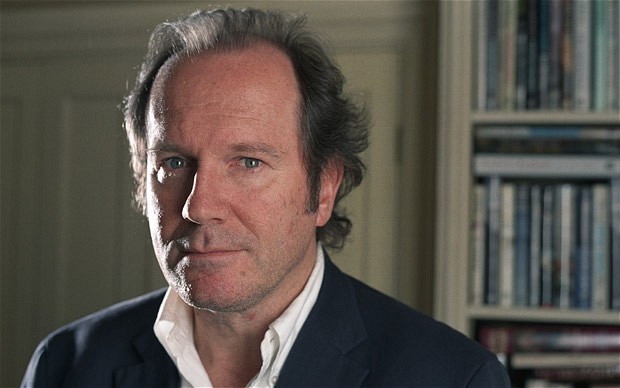The case of vanishing bonds
Post on: 4 Июнь, 2015 No Comment

For the sake of a few thousand dollars, the mistake that went on for a number of years and that came to light a couple of months ago could have been rectified.
Instead, the institution — the discount brokerage unit of one of the Big Five banks — did nothing, despite being given many opportunities to either engage in a serious discussion or give the client, a retired Montreal psychologist, some compensation. At least it could have said, “We are sorry.”
“My last voice mail was that if you don’t do something, then we will take it up with the regulator,” said the psychologist’s son-in-law, who exercises trading authority. “I gave them more than enough opportunities to engage in a dialogue.
So what’s involved here? In 2005, the retired psychologist moved her account to BMO Investor Line from BMO Nesbitt Burns. One of the investments was a bond issued by Olympia & York, once the owner of prime real estate in Toronto, London and New York. O&Y has been bankrupt for about two decades. The Reichmann family, founders of O&Y, retained some of the assets in that bankruptcy.
It seemed that fact escaped the folks at BMO Investor Line. For the period Jan. 1, 2010 to April 30, 2012, it ascribed a value to the bonds — known as the O&Y Eurocredit bonds — that ranged from a low of $66 per $100 face value to a high of about $98 per $100 face value.
In early May, the problem emerged when an order was put in to sell the bonds. “I figured they know more than I do. It could have been a first mortgage bond, a secured bond. But if BMO consistently tells me there is value for the last two and a half years, I figured they know what they doing. They price securities every day. That’s what they do for a living,” the son-in-law said.
Accordingly, when the sell order was put in, he was told there was no market; the securities were worth zero. How could that be, the son-in-law asked.
He was told it was the fault of the pricing provider — but “they accepted no responsibility for the matter.”
How come, asked the son-in law, who argued BMO has to take some responsibility. “How does the bank misrepresent pricing to a client? They are putting their stamp of approval on it. And that mispricing affects the way you manage the overall portfolio.”
The son-in-law argues that BMO Investor Line owes a so-called “duty of care” to their client in how it reports the statement of account.
“Do they not do any due diligence? Do they not do the work required to ensure that there is accuracy in terms of pricing?” he asked. “I think they have breached their duty of care. It’s not just one month, but for almost two-and-a-half years they had a value next to the bond.”
The son-in-law has been trying to solve the matter since late May. He has spoken to and emailed numerous people in the organization.
“Basically, their message to me is that, ‘We can’t do anything,’ ” though it acknowledged that the situation was “regrettable” and that the price was corrected as of a May 31, 2012 statement.
“To me, that wasn’t an acceptable response,” he said.
What does BMO say?
A BMO spokesperson said, “It’s a case-by-case situation, but we do a thorough investigation to establish the relevant facts. If there’s no financial loss, there’s no basis for compensation.”














